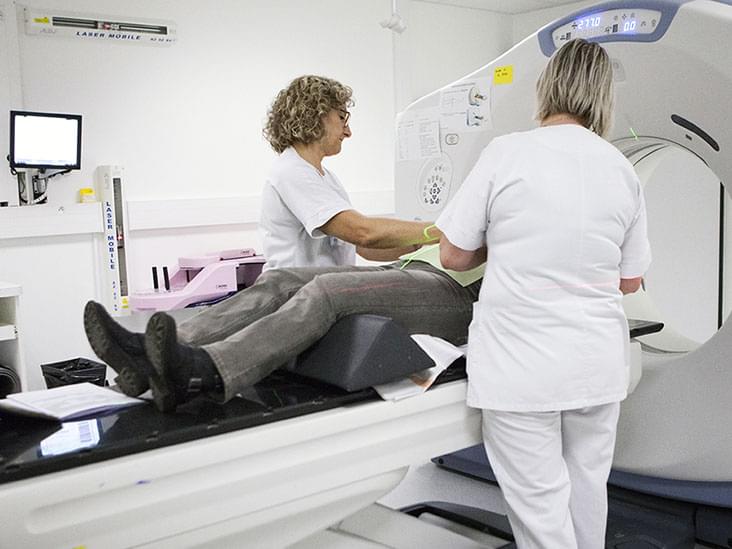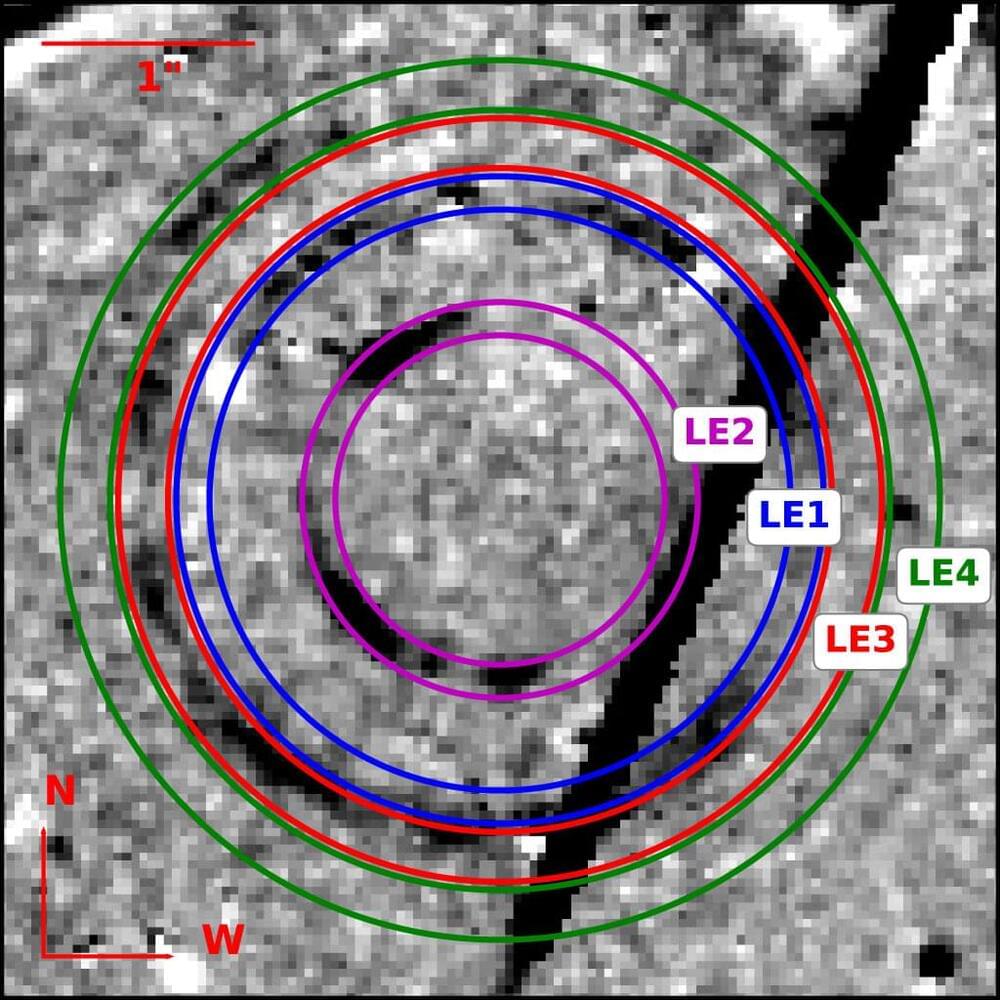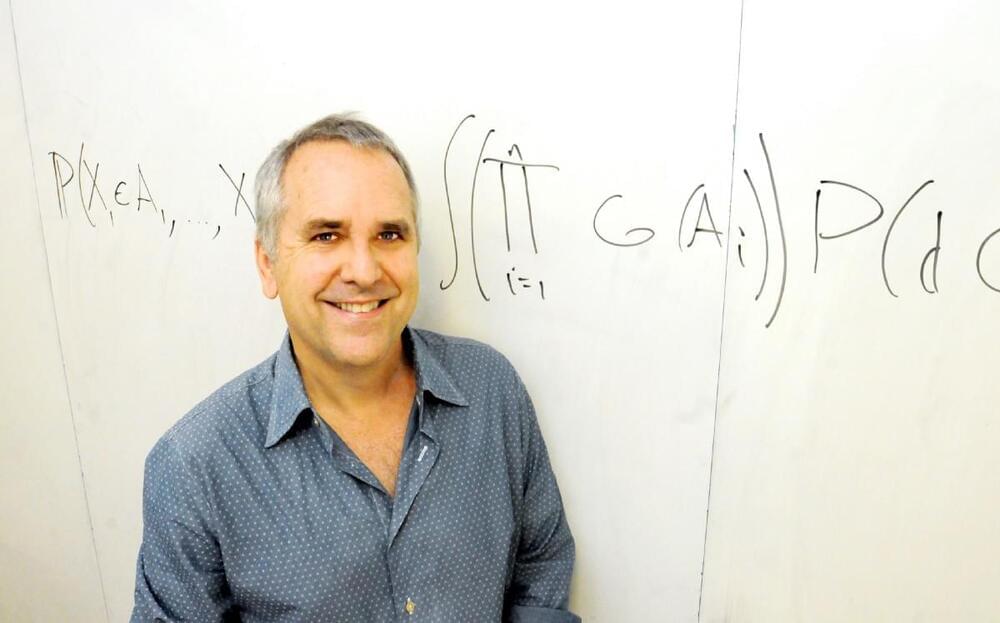The results of a phase I clinical trial show that a new drug candidate could safely target pancreatic, lung, colon, and other cancers in humans.


Rheumatoid arthritis affects 1 in 100 people worldwide. It causes inflamed, painful and swollen joints, often in the hands and wrists, and can lead to loss of joint function as well as chronic pain and joint deformities and damage. What causes this condition has been unknown.
In our recently published study, my colleagues and I found an important clue to a potential culprit behind this disease: the bacteria in your gut.
A groundbreaking interdisciplinary study by Tel Aviv University (TAU) and the Hebrew University of Jerusalem (HU) involving 20 international scientists and researchers has verified biblical accounts of the Egyptian, Aramean, Assyrian and Babylonian military campaigns against the kingdoms of Israel and Judah.
The study reconstructed changes in the magnetic field of the earth as recorded in 21 destruction layers in 17 archeological sites throughout Israel, constructing a variation curve of field intensity over time that can be used as a scientific dating tool.
Published in the Proceedings of the National Academy of Sciences (PNAS), the study is based on the doctoral thesis of Yoav Vaknin, and supervised by Prof. Erez Ben-Yosef and Prof. Oded Lipschits of TAU’s Institute of Archaeology, and Prof. Ron Shaar of HU’s Institute of Earth Sciences.

When a star explodes (a supernova), it sends its intense burst of light out in all directions. On rare occasions, in the months and years that follow, rings of light or “light echoes” spread out from the original supernova position.
This is what is described in a recent paper in The Astrophysical Journal Letters based on observations with the Hubble Space Telescope (HST) by a collaboration of astronomers from Dublin, Barcelona, Aarhus, New York and Garching. The paper, “Hubble Space Telescope Reveals Spectacular Light Echoes Associated with the Stripped-envelope Supernova 2016adj in the Iconic Dust Lane of Centaurus A,” was published this week.
The scientists merged the HST images in a short gif-video, showing first the supernova explosion at the very center, followed by light rings which appeared when light from the explosion hit various layers of dust in the vicinity.
So even insects like to play and have fun.
Bumble bees enjoy playing with balls, suggesting insect minds are far more sophisticated than previously thought, researchers have found.
It is the first study to prove that the insects like to play with toys, even when there is no apparent benefit to their actions.
Researchers at Queen Mary University of London found that bees spontaneously chose to ignore food to roll wooden balls, with younger bees opting to roll more balls than older bees.
It suggests that younger bees are more playful, just like human children.

Artificial Intelligence (AI) is the mantra of the current era. The phrase is intoned by technologists, academicians, journalists and venture capitalists alike. As with many phrases that cross over from technical academic fields into general circulation, there is significant misunderstanding accompanying the use of the phrase. But this is not the classical case of the public not understanding the scientists — here the scientists are often as befuddled as the public. The idea that our era is somehow seeing the emergence of an intelligence in silicon that rivals our own entertains all of us — enthralling us and frightening us in equal measure. And, unfortunately, it distracts us.
There is a different narrative that one can tell about the current era. Consider the following story, which involves humans, computers, data and life-or-death decisions, but where the focus is something other than intelligence-in-silicon fantasies. When my spouse was pregnant 14 years ago, we had an ultrasound. There was a geneticist in the room, and she pointed out some white spots around the heart of the fetus. “Those are markers for Down syndrome,” she noted, “and your risk has now gone up to 1 in 20.” She further let us know that we could learn whether the fetus in fact had the genetic modification underlying Down syndrome via an amniocentesis. But amniocentesis was risky — the risk of killing the fetus during the procedure was roughly 1 in 300. Being a statistician, I determined to find out where these numbers were coming from.

O’Rourke soon started his own board, TacoLand, which was freewheeling and largely about punk music. “This was the counterculture: Maximum Rock & Roll[magazine], buying records by catalog you couldn’t find at record stores,” he said.
When he was younger, he was arrested on drunk-driving charges and played in a punk band. Now 46, he still skateboards.
Interestingly I played in Punk Rock bands in New Orleans, and used CDC’s BO2k to show my friend KJ that Southwest Research’s network was not safe. I also used it in Austin to show my friend Jacob Grimes’ boss that his network was not safe. It was a handy tool for hackers and security researchers back in the day. Texans know all too much about it. This gave Beto major cool points in my book. Hacktivismo still continues today with people like Johnny Long, and I would hope me too. I loved the Ninja Strike Force back in the day.
As Beto O’Rourke starts his run for U.S. president, members of a group famous for “hactivism” come forward for the first time to claim him as a former comrade.

O.o!!
On Sunday, October 9, Judith Racusin was 35,000 feet in the air, en route to a high-energy astrophysics conference, when the biggest cosmic explosion in history took place. “I landed, looked at my phone, and had dozens of messages,” said Racusin, an astrophysicist at NASA’s Goddard Space Flight Center in Maryland. “It was really exceptional.”
The explosion was a long gamma-ray burst, a cosmic event where a massive dying star unleashes powerful jets of energy as it collapses into a black hole or neutron star. This particular burst was so bright that it oversaturated the Fermi Gamma-ray Space Telescope, an orbiting NASA telescope designed in part to observe such events. “There were so many photons per second that they couldn’t keep up,” said Andrew Levan, an astrophysicist at Radboud University in the Netherlands. The burst even appears to have caused Earth’s ionosphere, the upper layer of Earth’s atmosphere, to swell in size for several hours. “The fact you can change Earth’s ionosphere from an object halfway across the universe is pretty incredible,” said Doug Welch, an astronomer at McMaster University in Canada.
Astronomers cheekily called it the BOAT—“brightest of all time”—and began to squeeze it for information about gamma-ray bursts and the cosmos more generally. “Even 10 years from now there’ll be new understanding from this data set,” said Eric Burns, an astrophysicist at Louisiana State University. “It still hasn’t quite hit me that this really happened.”

GENEVA (AP) — The number of people infected with tuberculosis, including the kind resistant to drugs, rose globally for the first time in years, according to a report Thursday by the World Health Organization.
The U.N. health agency said more than 10 million people worldwide were sickened by tuberculosis in 2021, a 4.5% rise from the year before. About 1.6 million people died, it said. WHO said about 450,000 cases involved people infected with drug-resistant TB, 3% more than in 2020.
Dr. Mel Spigelman, president of the non-profit TB Alliance, said more than a decade of progress was lost when COVID-19 emerged in 2020.

Well, consumer devices can’t run on lasers just yet. But in recent years, researchers have been working hard to make this dream a reality.
In the most recent breakthrough, a new chip can bend laser light to transmit 1.8 petabits, or over 1 million gigabits, per second. To put things in perspective, that’s nearly twice the world’s internet traffic per second.
This breaks the May 2022 record of 1.02 petabits per second, as reported by New Atlas.